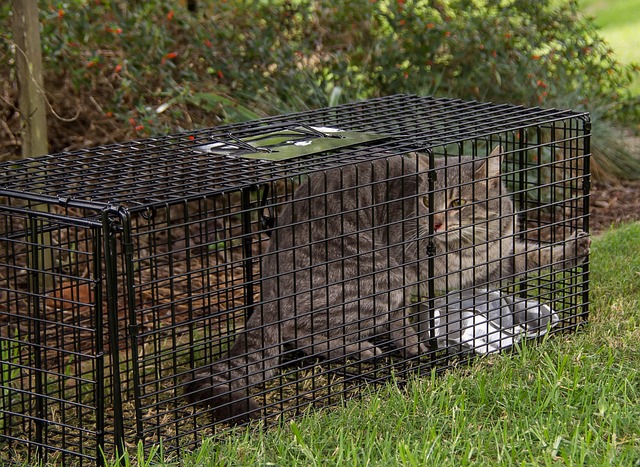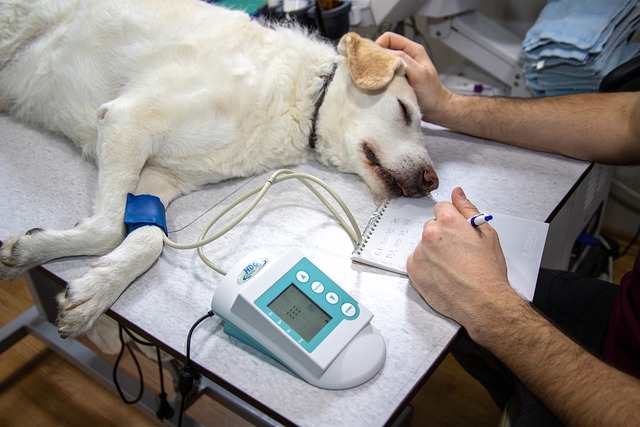
Feral cat colonies are taking hold in many communities around the world. In fact, of the approximately 146 million cats in North America, about half of these felines are feral or homeless cats. While these homeless felines may be able to survive on their own for a short time, they still need help. If you want to help the feral cats in your community but don’t know how to go about it, consider the following options to help you get started.
Contact a local rescue organization
You can help homeless cats in your community by contacting a local cat rescue group to report stray or feral cats in your neighborhood. Make sure the group you contact is willing to work with the feral cats you are trying to help, unlike some humane societies or shelters that immediately seize and euthanize the feral felines they take in.
Unfortunately, many shelters and felines in North America are forced to euthanize adoptable cats to make room for other cats in their shelter. Approximately 70% of all cats that enter shelters are killed, and nearly 100% of feral cats are immediately euthanized.
Spaying/Neutering and Vaccination
The primary cause of the high number of homeless cats is the lack of spayed and neutered cats. In fact, a study conducted by the Feral Cat Spay/Neuter Project found that only 2% of stray cats are spayed or neutered, which is why 147 million kittens are born to strays each year. To reduce these populations, it is important that cats be spayed or neutered, especially homeless cats. For this reason, many rescue groups are attempting to implement catch, neuter and return programs in their communities.
To ensure that your cat does not contribute to the increase in homeless cat populations, be sure to have it spayed or neutered. You’ll also want to protect your cat from disease by making sure he or she is up to date on vaccinations. Even if you have an indoor cat, there’s always the possibility that it could escape, so make sure it’s safe.
Volunteer your time
If you’re passionate about helping stray and feral cats, consider volunteering with your local feline rescue organization. Some organizations need help in their shelters. Whether you can clean the floors and walls, feed the shelter cats or help trim some claws, there’s always something to do.
In addition, many organizations are active throughout their communities, including feeding stations for feral cats. These stations are often set up in a safe location where they allow homeless cats to rest and eat. Volunteers may be asked to check on certain feeding stations throughout the week to ensure that the cats have sufficient food, water, warm beds and blankets.
Speak out and support cat groups around the world
Educate others about the value of cats every chance you get. Cats, especially feral cats, have far too few advocates and far too many detractors. Learn about the issues and add your voice to the conversation. The best way to become informed is to look at the work done by other cat lovers and cat rescue organizations around the world. Check out their websites, studies, and social media sites to see what’s going on in the world of cat rescue.
Show your concern
Don’t hesitate to write to your local, state/provincial, or federal representatives about improving regulations for the treatment of stray and feral cats. Please do not hesitate to contact your local authorities if you have seen someone mistreating or abusing a homeless cat (or any other animal for that matter).
Whichever option you choose, any support you can provide to the feral cat population will be appreciated by both the rescue organizations and the cats you have helped.






